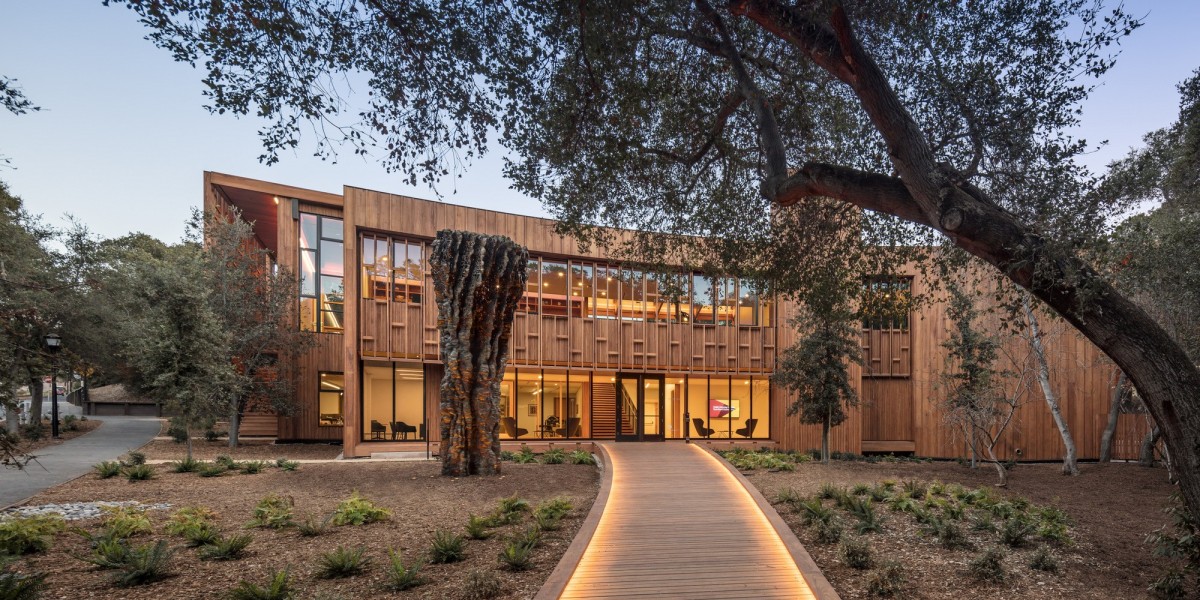Stanford University stands as one of the world's most prestigious academic institutions, nestled in the heart of California's Silicon Valley. Founded in 1885 by railroad magnate Leland Stanford and his wife Jane in memory of their son, this private research university has shaped generations of leaders, innovators, and pioneers across diverse fields.
A Campus Like No Other
The university's sprawling 8,180-acre campus, often called "The Farm" due to its origins as the Stanford family's horse farm, showcases distinctive California Mission-style architecture. The iconic Main Quad, with its sandstone arches and red-tiled roofs, serves as the historic center of academic life. The campus features world-class facilities, including the Stanford Linear Accelerator Center (SLAC), numerous research laboratories, and the renowned Cantor Arts Center.
Academic Excellence and Innovation
Stanford's academic structure comprises seven schools, offering programs ranging from undergraduate to doctoral levels. The schools include:
The School of Humanities and Sciences forms the university's core, while the School of Engineering has played a crucial role in Silicon Valley's development. Stanford's Graduate School of Business, School of Medicine, and Law School consistently rank among the top programs globally.
The university's commitment to interdisciplinary research and education sets it apart. Students can cross traditional academic boundaries, combining fields like computer science with philosophy or engineering with environmental studies. This flexibility fosters innovation and helps address complex global challenges.
Research and Impact
Stanford's research contributions have transformed our world. The university's proximity to Silicon Valley has created a unique ecosystem where academic research meets entrepreneurial spirit. Notable achievements include:
The development of the first successful heart-lung transplant, breakthroughs in particle physics, and pioneering work in artificial intelligence and machine learning. The university's research budget exceeds $1.6 billion annually, supporting cutting-edge investigations across all disciplines.
Student Life and Culture
With approximately 7,000 undergraduate and 9,000 graduate students, Stanford maintains a relatively small student body compared to other major research universities. This ensures personalized attention and fosters a tight-knit community atmosphere.
Campus life thrives with over 600 student organizations, ranging from academic clubs to artistic endeavors and social justice initiatives. The Stanford Cardinal athletic programs compete in the Pac-12 Conference, maintaining a tradition of excellence in both academics and athletics.
Innovation and Entrepreneurship
Stanford's influence on technology and innovation cannot be overstated. The university has spawned thousands of companies, including Google, HP, Netflix, and Instagram. The Stanford Research Park, established in 1951, became a model for university-industry collaboration and helped catalyze Silicon Valley's growth.
The university's entrepreneurial spirit is evident in programs like StartX, an accelerator for Stanford-affiliated startups, and the Stanford Technology Ventures Program, which integrates entrepreneurship education across disciplines.
Global Impact and Future Vision
Stanford continues to address global challenges through initiatives focused on sustainability, health care, artificial intelligence ethics, and economic development. The university's commitment to need-blind admission and generous financial aid ensures accessibility to talented students regardless of their economic background.
Recent developments include expanded programs in AI and machine learning, increased focus on climate change solutions, and enhanced interdisciplinary collaboration through initiatives like Stanford HAI (Human-Centered Artificial Intelligence).
Practical Information
For prospective students, Stanford's admission process is highly selective, with acceptance rates consistently below 5%. The university offers comprehensive financial aid, with about 70% of students receiving some form of assistance.
Current annual undergraduate tuition is approximately $56,000, though Stanford's need-based aid ensures that students from families with annual incomes below $75,000 pay no tuition or room and board.
Looking Forward
As Stanford University approaches its 140th anniversary, it continues to evolve while maintaining its founding principles of research, innovation, and public service. The university's influence extends far beyond its California campus, shaping global conversations on technology, healthcare, sustainability, and social justice.
Through its commitment to excellence, innovation, and accessibility, Stanford University remains at the forefront of higher education, preparing leaders who will shape the future of our increasingly complex world.









